Chinese battery and auto executives agree that solid-state batteries are still far from mass commercialization. At the World Electric Battery 2025 Conference in Sichuan on November 12, many emphasized that small-scale installations for demonstration vehicles would only be possible in 2027, while actual mass production is likely to take place after 2030, according to First Finance.

Technical reality: distance from lab to factory
Wu Chengxin, Vice President of the All-China Solid-State Battery Industry-University-Research Collaborative Innovation Platform, said that although the industry is striving for breakthroughs, solid-state batteries still face many challenges. He stressed that scientific analysis, device development and critical design work are needed before commercialization, calling it a long-term research process.
Conservative timeline: 2027 demonstration, mass production after 2030
Yang Hongxin, chairman and CEO of SVOLT Energy Technology, believes that small-scale demonstration vehicles could be feasible by 2027. However, large-scale commercialization requires a sharp drop in costs and a more mature supply chain; actual mass production may not happen until after 2030.
More cautiously, Deng Chenghao, vice president and president of Deepal at Changan Automobile, said the 2030 mark is only the most optimistic scenario; a more realistic target could be 2035. He warned against getting too excited, as online discussions often exaggerate small research advances as breakthroughs.
| Figure | Organization | Key takeaways | Timeline |
|---|---|---|---|
| Yang Hongxin | SVOLT Energy Technology | Demonstration vehicle first; need to reduce costs and perfect the supply chain | Demonstration 2027; large-scale production after 2030 |
| Deng Chenghao | Changan Automobile (Deepal) | 2030 is the most optimistic; more realistic is 2035 | Large-scale commercialization 2030–2035 |
| Zhang Jinhua | China Society of Automotive Engineers | Large commercial solid–liquid hybrid; fully solid experimental and limited deployment | Around 2030 |
| Wu Chengxin | All-China Solid-State Battery Industry-University-Research Collaborative Innovation Platform | Long-term research, equipment, and design are needed before commercialization. | No timeline given |
Semi-solid and liquid batteries: short-term evolutionary trajectories
According to Deng Chenghao, both liquid and semi-solid batteries still have significant potential and should not be dismissed prematurely. Solid-liquid hybrid batteries are seen as an evolutionary step to improve safety and energy density, while liquid battery systems continue to have room for innovation.
Yang Hongxin added that for consumers planning to buy cars in the next 3–5 years, existing liquid and semi-solid batteries are still the right choice, as semi-solid batteries are rapidly moving towards practical application.
2030 Outlook by Association
Presenting the 2030 Electric Battery Development Outlook report at the opening ceremony, Zhang Jinhua, President of the China Society of Automotive Engineers, predicted that solid-liquid hybrid batteries will be commercially used on a large scale by 2030. At the same time, all-solid batteries are expected to complete testing and be deployed on a limited scale.
Production capacity and capital flows: growing rapidly but cautiously
China has been the world's largest battery producer for eight consecutive years. From January to September 2025, domestic battery sales reached 786 GWh; exports exceeded 129 GWh, up 48.9% and 32.75% year-on-year, respectively. Despite the strong growth in production, experts still emphasize that all-solid-state batteries will take many more years to be ready for mass commercialization.
The 2025 conference featured six thematic sessions on battery recycling, storage innovation, international logistics, and industry cooperation. A total of 180 new projects were signed with a total investment of 86.13 billion yuan (about 11.9 billion U.S. dollars), covering the fields of power batteries, new energy storage, photovoltaics, and smart electric vehicles.
Call for platform development
Wan Gang, President of the China Association for Science and Technology, called for continued innovation in high-energy, high-safety liquid battery systems; and persistently overcoming technical limitations in solid-state and hybrid battery systems.
Takeaway points
The overall message from the conference was cautious: solid-state batteries are not ready for large-scale commercialization in the short term. Liquid and semi-solid systems will dominate in the near term, while solid-liquid hybrids are likely to be commercially viable on a large scale around 2030. This roadmap requires parallel research on platforms, investment in equipment, cost optimization, and supply chain refinement.
Source: https://baonghean.vn/pin-the-ran-tai-trung-quoc-con-xa-moi-thuong-mai-hoa-10311384.html



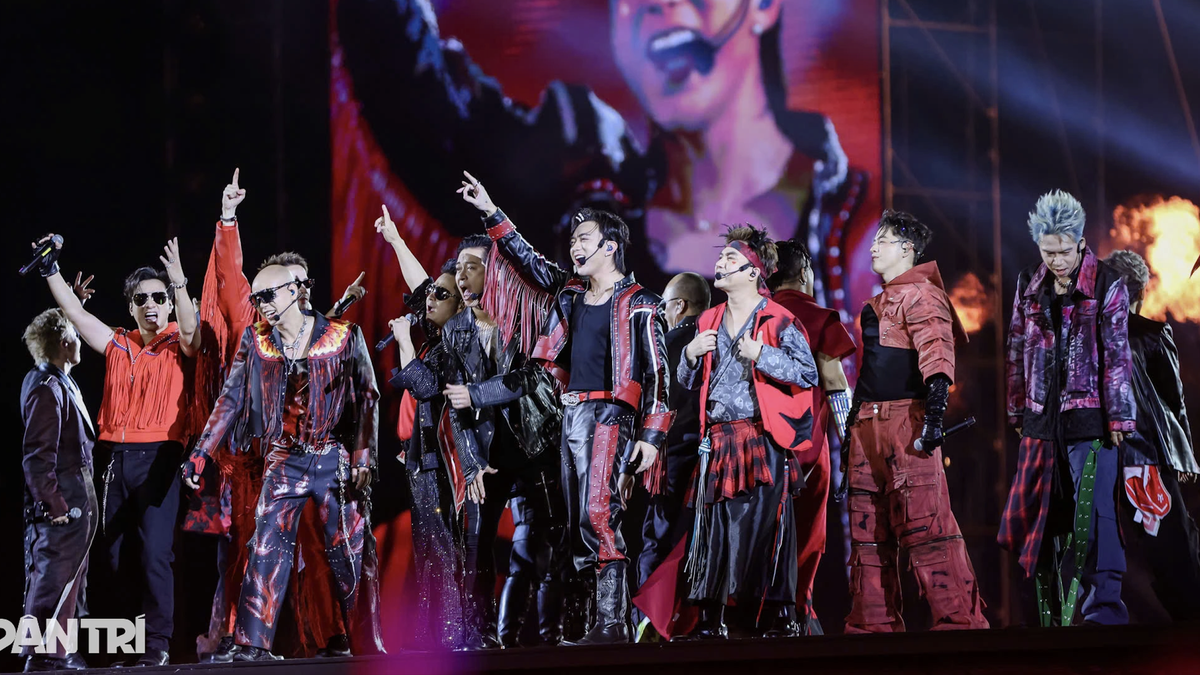








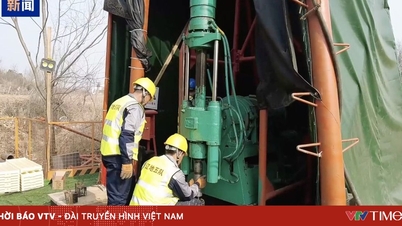

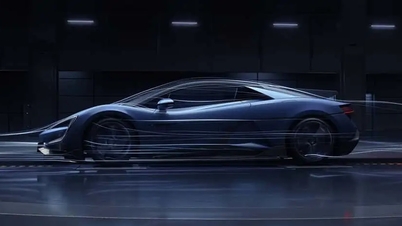


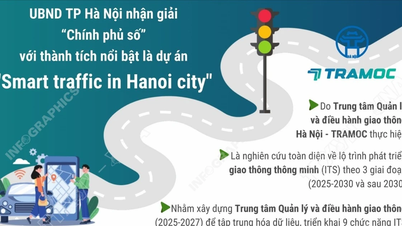







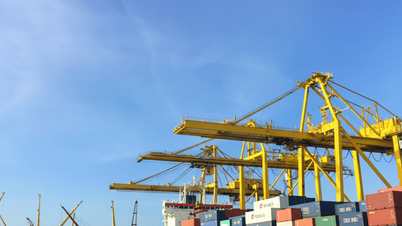









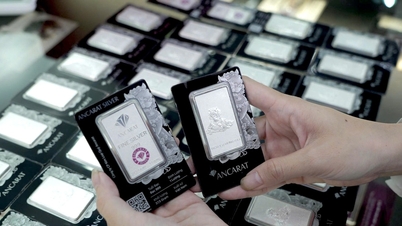

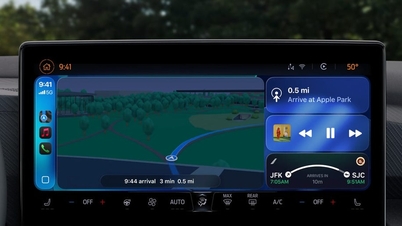


















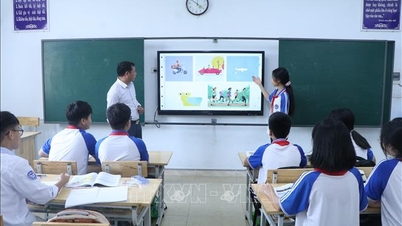
























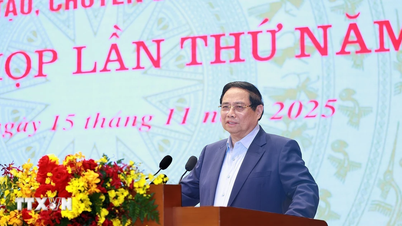









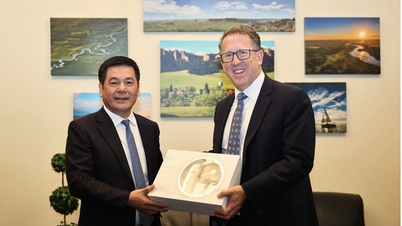

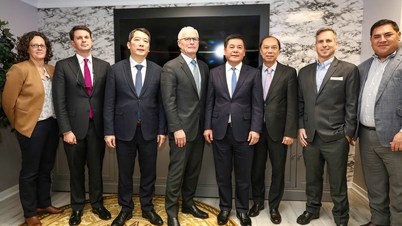


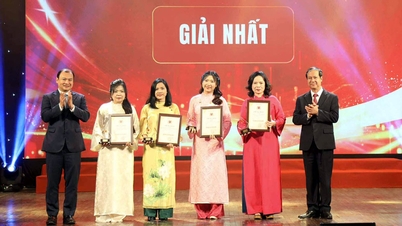


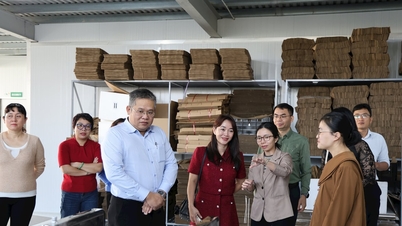
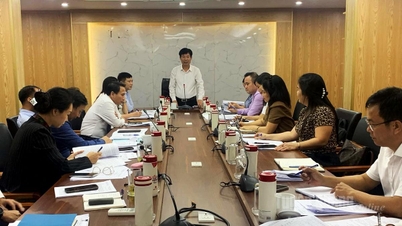













Comment (0)